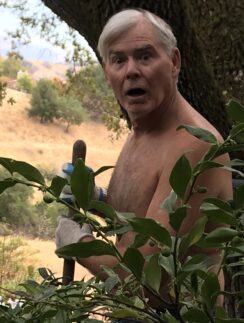By David George, Naked Gardener
Is your naked garden having trouble attracting the “Three-B’s”: Bees, Butterflies, and Birds? Are you looking for colorful flower displays but less overall water use? Would you love to have trouble-free plants that return year after year despite our harsh summer heat? Look no further than the 900+ varieties of sage (genus Salvia) to brighten your garden and spirit.
Sages do splendidly in our climate and have been cherished by people throughout history for their aromatic leaves, colorful displays of flowers in every hue of the rainbow, and drought-tolerant toughness. Although the edible herb called “sage” (Salvia officinalis) owns the most ancient relationship with humanity, flowering sages can solve all sorts of problems in your naked garden, and reward you with color while they work. You can even propagate them from cuttings to fill large spaces.
Before we explore some great salvia varieties for Contra Costa gardens, I would like to share some “sage advice” about our climate.
Coastal California has been called a “Mediterranean climate”. But anyone who has traveled in the Mediterranean region knows that our climate is different. The Mediterranean region is generally more humid and receives more rainfall during summer months than coastal California. This distinction makes a difference when it comes to selecting the right salvias for our gardens.
Many commercially available sages require regular and deep watering during our dry summer months, just like they would receive naturally in central Italy or southern France. Choosing one of those varieties is a common mistake in our region. Don’t assume that sages can just grow on their own with little or no irrigation. Nearly all require a regular water source.
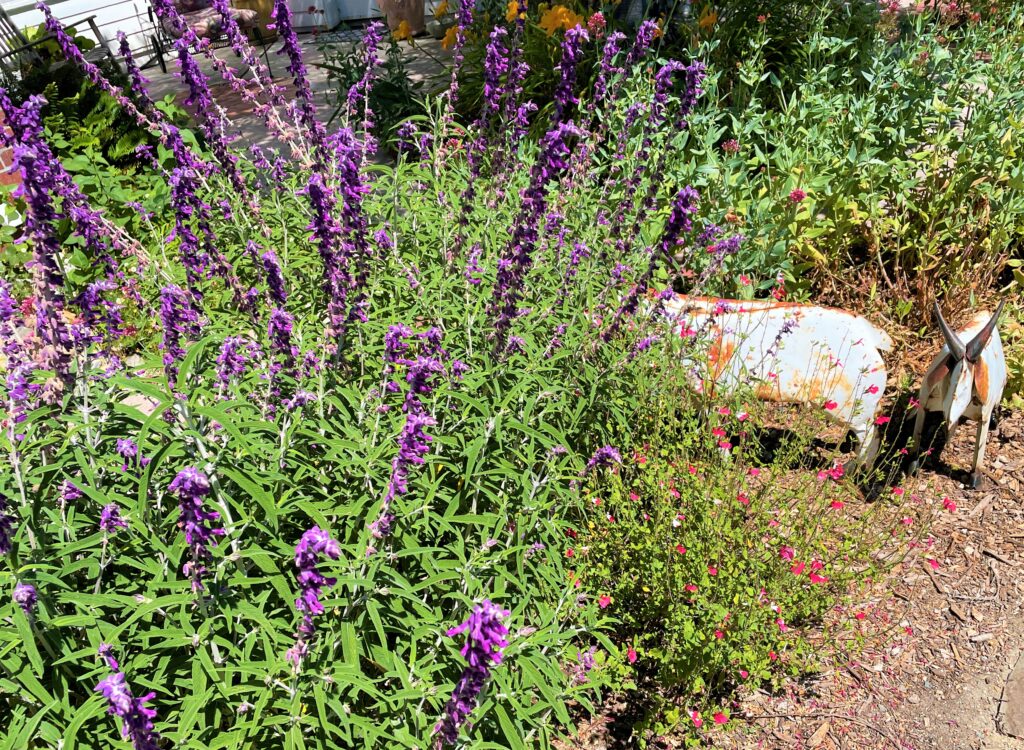
Hot Lips alongside Mexican Sage (Shutterstock) 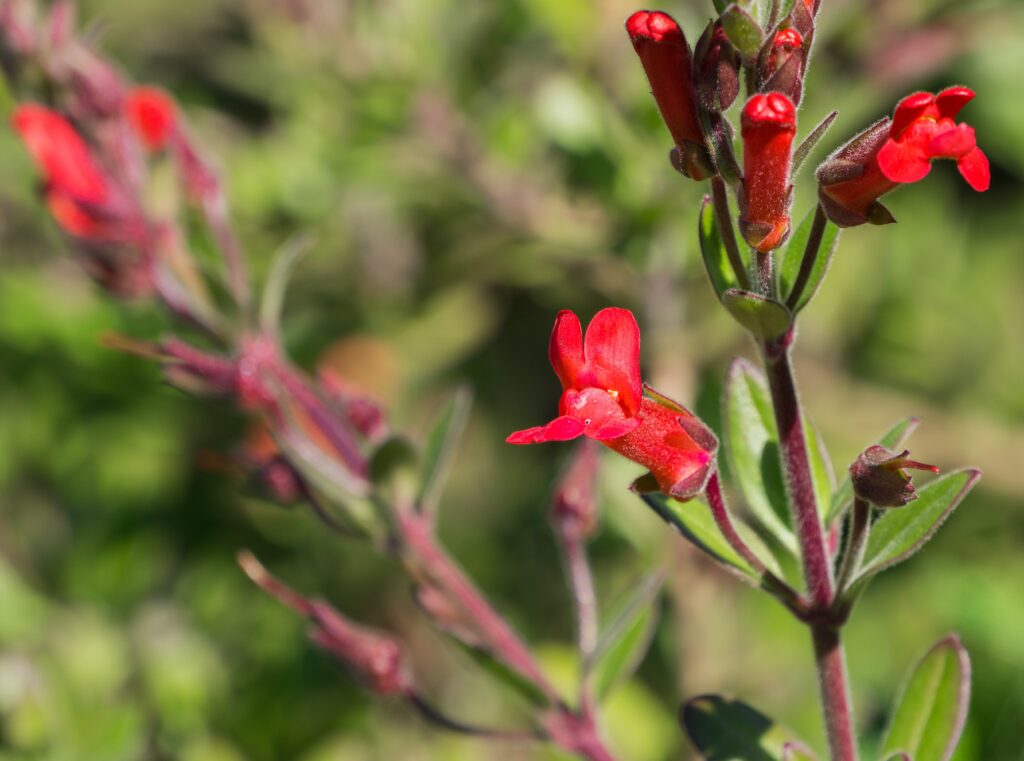
Hummingbird Sage (Shutterstock) 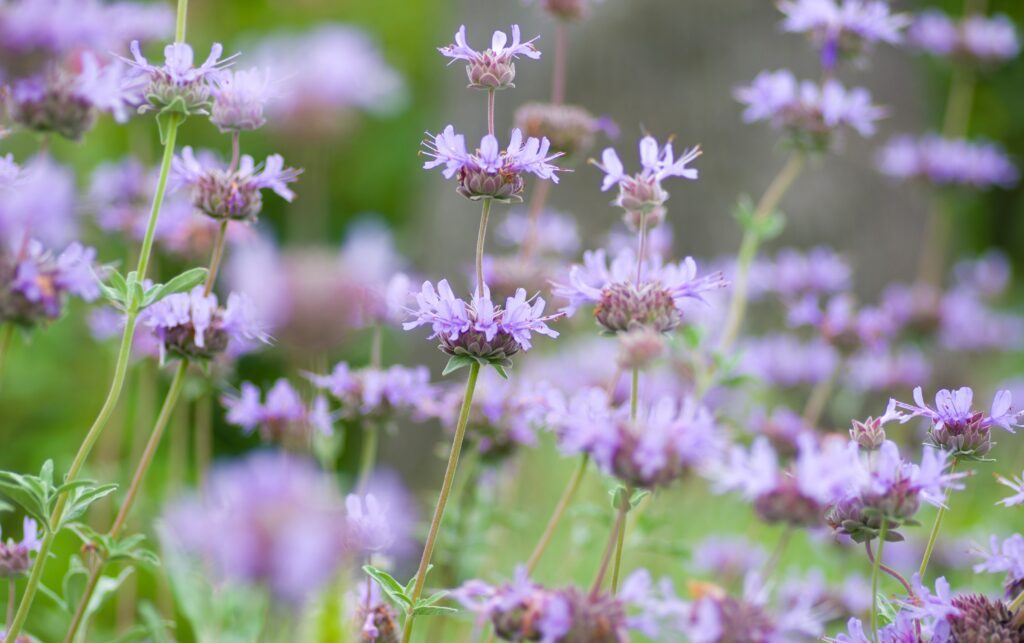
Pozo Blue Salvia 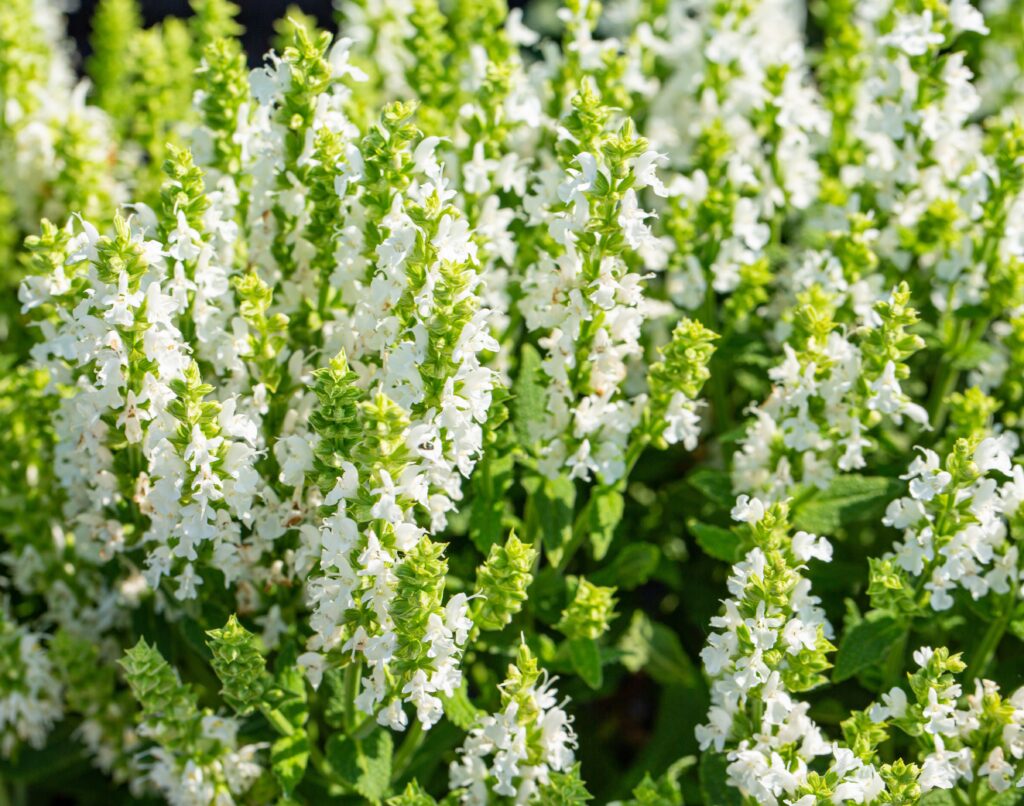
White-flowering Bee Sage
Here is a list of my favorite sage varieties for central Contra Costa, grouped by common goals:
For attracting hummingbirds, butterflies, honeybees, and other beneficial insects:
Salvia Mexicana “Mexican Sage (lavender flowers)”, S. leucophylla “Bee’s Bliss”, or S. apiana “Bee Sage”.
For drought-tolerance (small amounts of occasional water), check out:
Salvia spathacea “Hummingbird Sage” (red-flowering), S. chamaedryoides “Germander Sage” (blue flowers), S. microphylla “Hot Lips”, or S. clevelandii “Cleveland Sage” (blue flowers)
If you are looking for super tough survivors that do well in dry shade, hardpacked clay, or colder zones, consider:
Salvia “Dara’s Choice” (a pinkish hybrid), S. clevelandii “Pozo Blue”, or S. spathacea “Mix Canyon”
If you’d like to stick with California natives, there are about 90 native salvia species, with these doing well in Contra Costa:
Previously mentioned Salvia apiana, S. spathacea, and S. clevelandii. Also S. mellifera “Black Sage” (pale-lavender flowers), and S. sonomensis “John Farmer Bowers” (creamy white flowers).
And if you are feeling patriotic this 4th of July, you can plant RED (Salvia microphylla/grahamii hybrid “Maraschino”), WHITE (S. nemorosa “Snow Hill”), and BLUE (S. dorrii “Blue Sage”) in the shape of the American flag!
For more information about salvias, check out a fine discussion on GardenDesign.com/perennials.
For natural methods of salvia pest control, click here:
http://ipm.ucanr.edu then Navigate > Homes, Gardens, Landscapes, and Turf > Trees and Shrubs > Salvia
Email your comments and questions to: NakedGardener@diablogazette.com. In some cases, these may appear in future columns.


